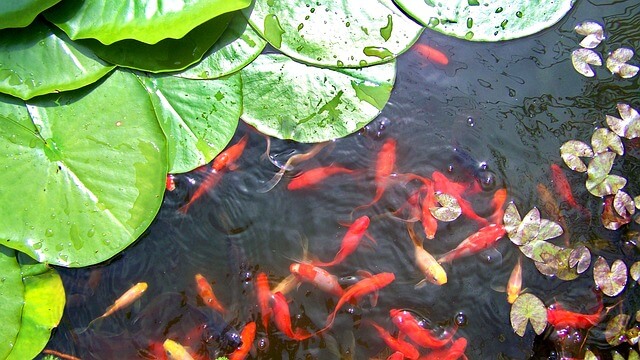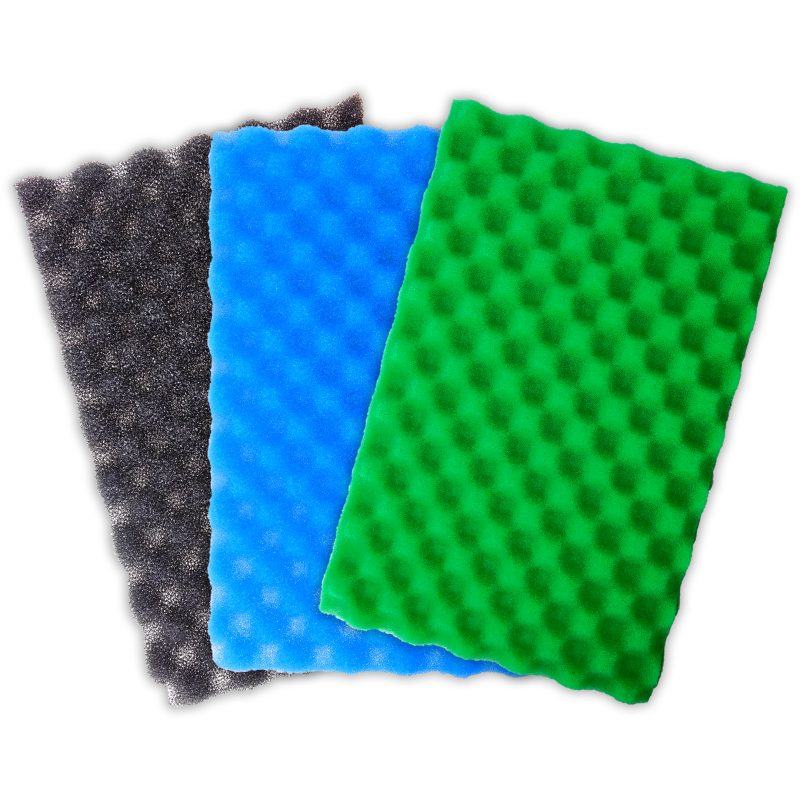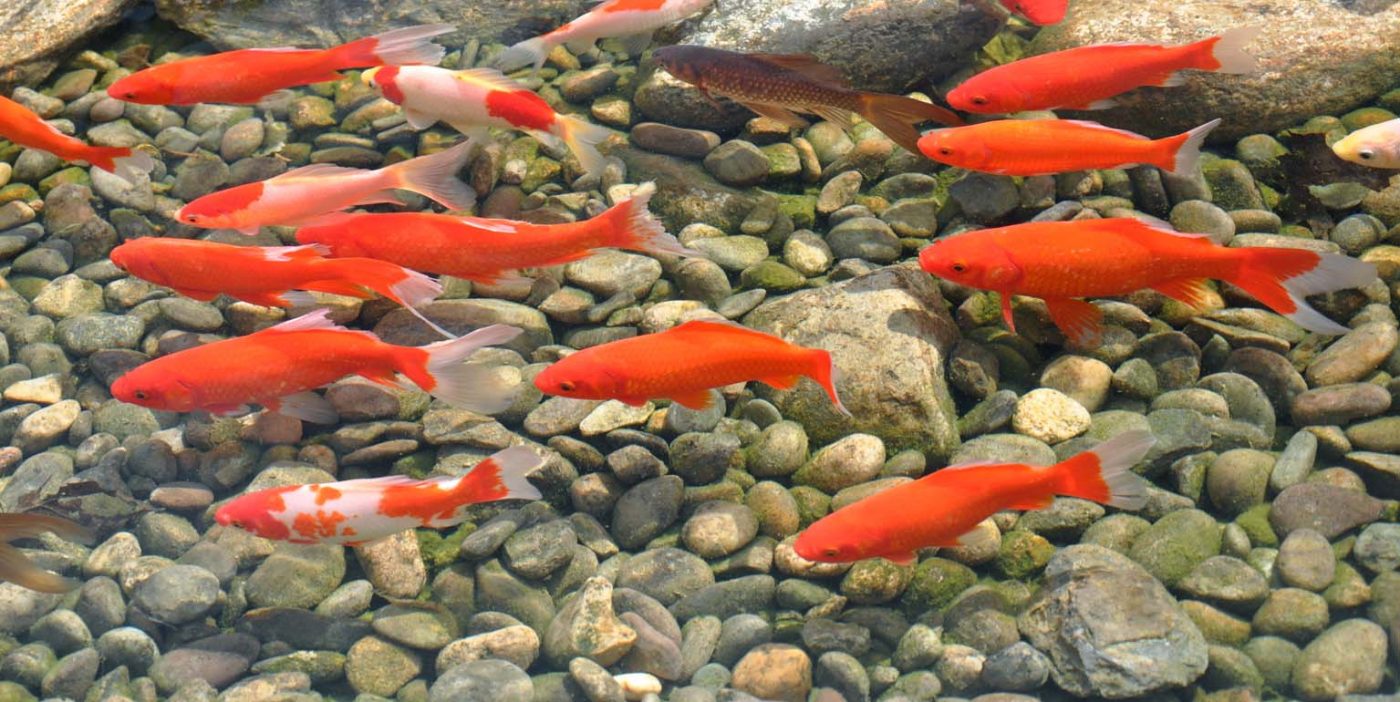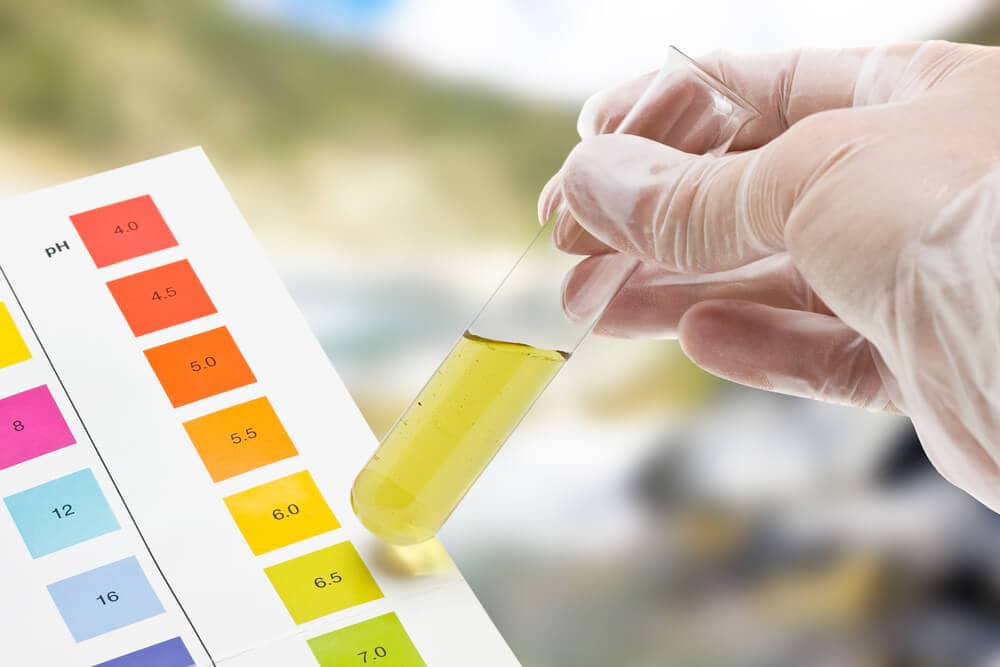All
SPRING & SUMMER – POND MAINTENANCE

With the weather getting and staying warmer, pond plants re-emerging along with wildflife and fish becoming more active after winter, ponds come into their own. The additional activity, warmer tempertaures and more sunlight mean there are a few tasks that help keep your pond looking great.

PUMP & FILTER MAINTENANCE
Firstly, to ensure water quality and clarity, regular maintenance of your pond pump and filter are a priority. As the fish are more active they will be producing more waste, so this means more frequent cleaning. Make sure that any filter sponges are regularly replaced or topped up and if you have an ultra violet clarifier, change the bulb on a regular basis (we’d recommed every 9-12 months.
In warmer weather keep your pond pump and filter running all the time, if anything augment the amount of oxygen in the water with an air pump and airstones. They add more oxygen, a secondary current and assist in stabilising the pond’s temperature. Remember warmer water holds less diffused oxygen, so the more the merrier!

WATER QUALITY
An additional consideration in warmer weather is water evaporation. To maintain good quality water, top up or even replace some of the pond water on a weekly basis. Always ensure you use a dechlorinator to ensure the water is safe for your fish and help sustain your pond’s healthy biological balance.

ALGAE & GREEN WATER
Changing water, warmer temperatures and increased sunlight are all rocket fuel for algae. As previously highlighted if you have an ultra violet clarifier ensure the bulb is replaced regularly. Alternatively there are a number of treatments that will eradicate green water and blanketweed (please remember that these will have to be repeated doses if the weather stays warm and bright). Aim to provide additional shade using marginal, deepwater and floating planst to your pond water which will help reduce algae growth.

PLANTS & FISH
The summer months are an ideal time to add new plants or livestock to your pond, with higher levels of sunlight and water warmth. Any new fish are added gradually to minimise the risk of increased ammonia levels. Always acclimatise properly to your pond. Still in their bag, let them float for 15 minutes in the water, allowing the water temperatures to equalise. Then another 15 minutes slowly introducing your pond water into the water in the bag.

TESTING
Finally, one of the best and generally fairly inexpensive pieces of fish and pond keeping equipment is a water test kit. These are invaluable in understanding the water chemistry that will directly impact the health of everything alive in the pond. Although dip tests are a reasonable guide, we’d recommend drop tests, incredibly accurate and work out cheaper due to the sheer number of tests they do.
